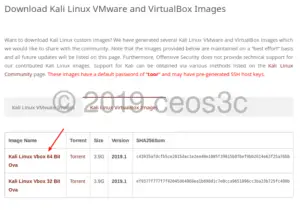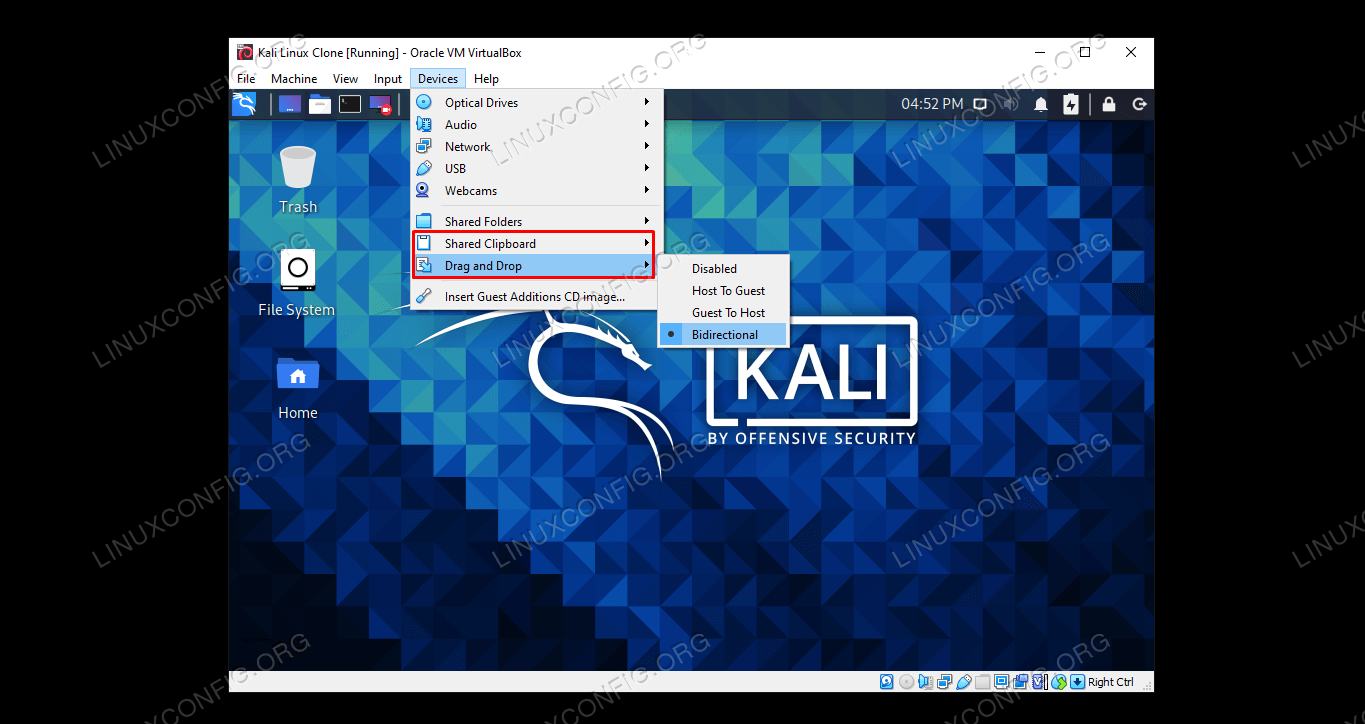
Navigate to the Network section make the following changes.This will allow our VM to boot Kali from the virtual cd (iso image file). Navigate to the Storage section and attach the iso file.Ĭhoose the CD-Rom device, click the small CD icon to the far right and browse to the downloaded iso file.In the next two steps we will need to attach the Kali iso image and make some changes to the network adapter. Right click on the new VM and choose Settings.If you plan on performing high traffic packet captures you will want to increase the size. Create a dynamically allocated disk and specify the size.Kali is responsive with 2GB but if you plan to use some of the heavier tools like Metasploit, 8GB is best. I specified 2GB of RAM which is more than the minimum but not by much.


There are two distinct versions to choose from, Kali Linux Full (3GB file) and Kali Linux Lite (870MB file). Download the Kali Linux iso imageĭownload the Kali Linux iso from. A fast internet connection is recommended to download the 3GB iso and install package updates(~1.7GB). I’m going to assume that you have already installed Oracle VirtualBox and have at least 15GB of free space (although 32GB is recommended by Kali).

The included screenshots are from installing Kali Linux 2018.4 on a Windows machine with VirtualBox 5.2.x installed, you may encounter different screens if your operating system is Windows 7 or a Linux OS.

This specific guide includes instructions to install Kali Linux as a Oracle VirtualBox VM on Windows 10. WIP: This article is a work in progress, I will continue to update & add content.


 0 kommentar(er)
0 kommentar(er)
